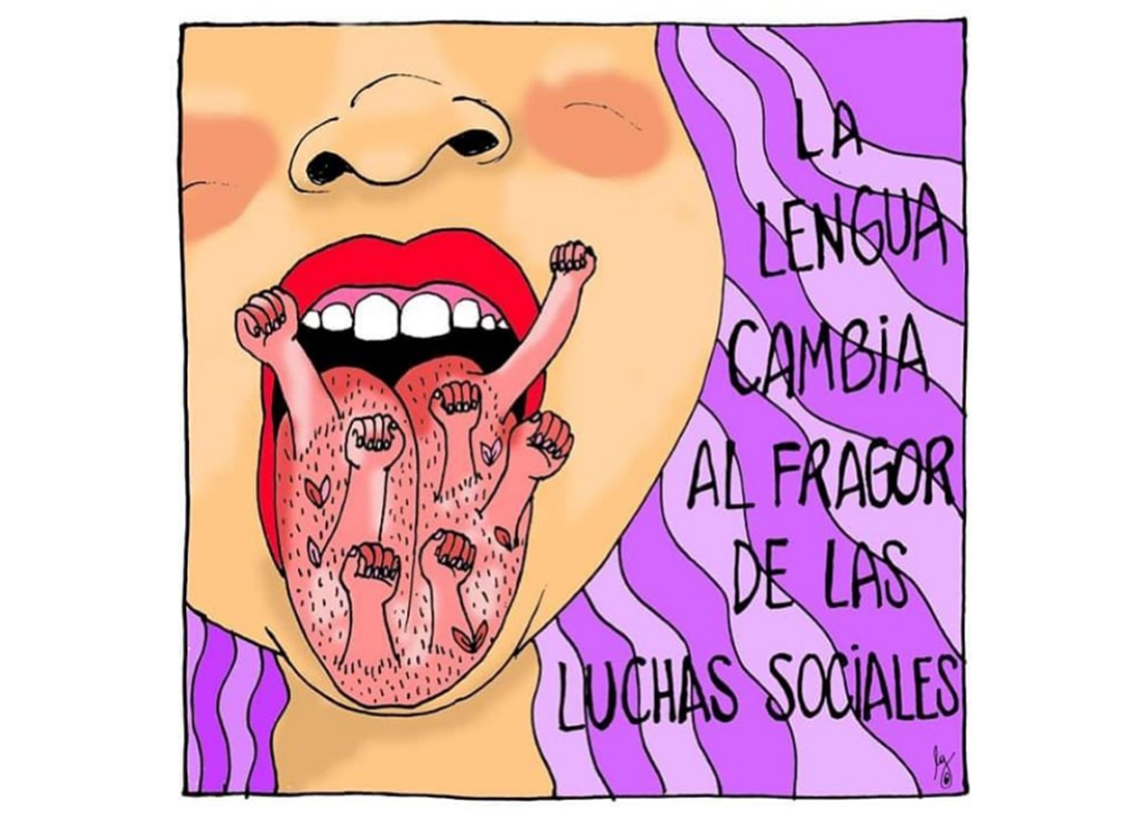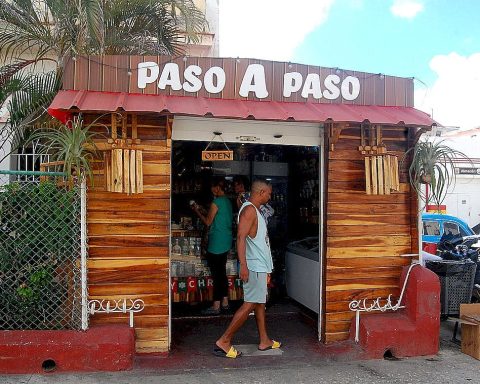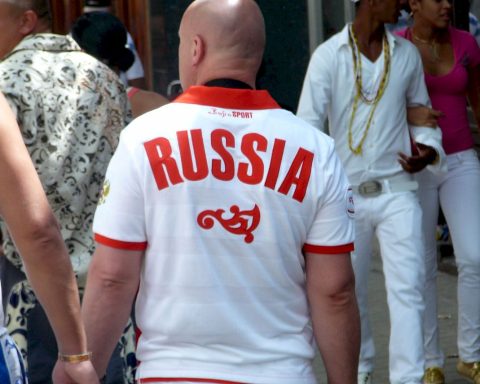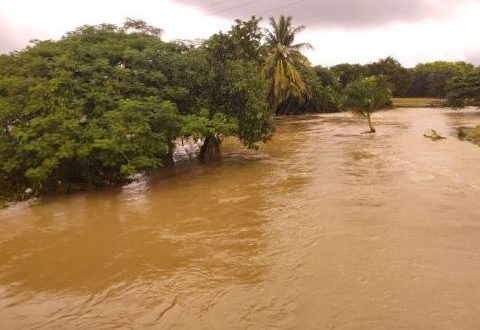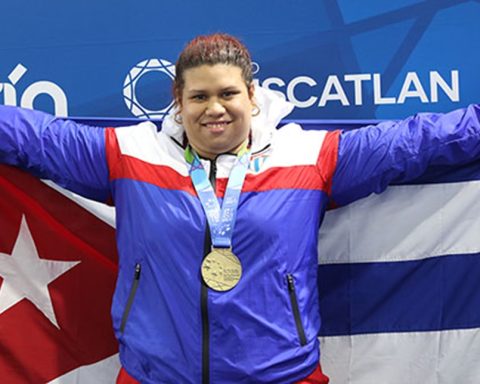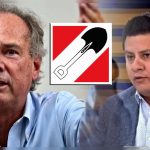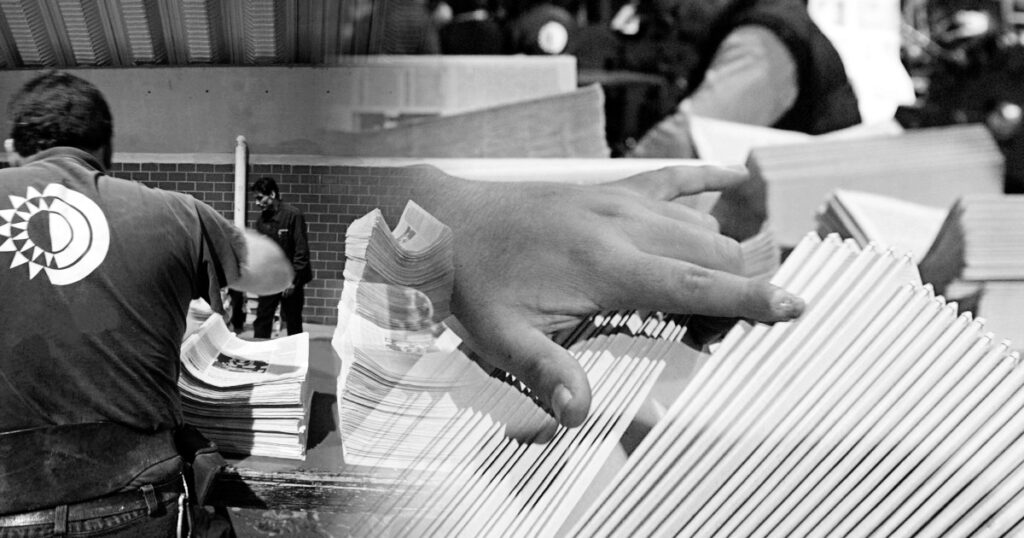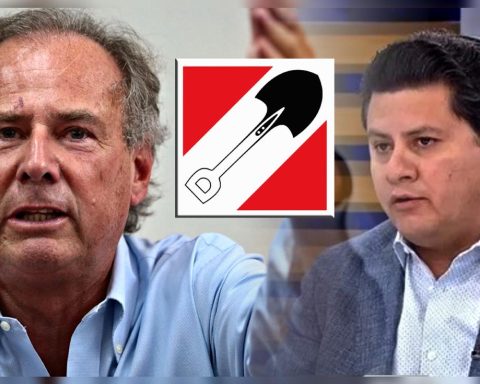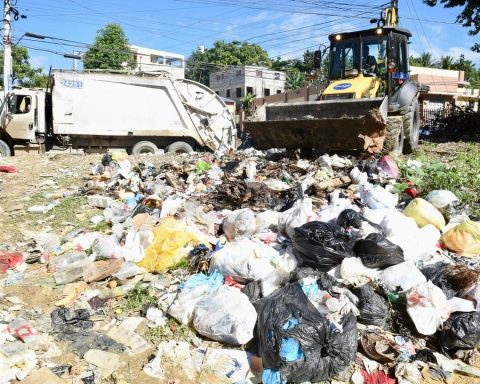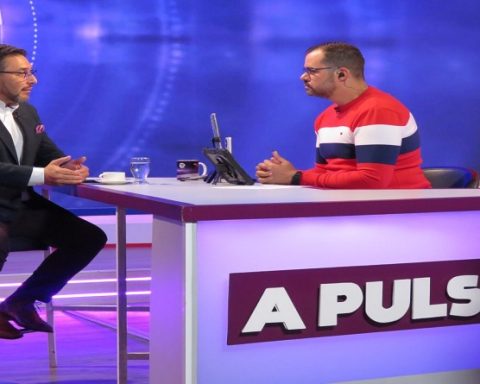Words are windows that show us the world. Pronouncing them, integrating them into expressions, sentences, paragraphs and texts is to give life and meaning to what we know and feel. They are part of the language and this in turn reflects societies.
Can language be a mechanism of social transformation? Those who are committed to inclusive language defend this possibility and see in this form of communication a way to include people and groups that have been marginalized, discriminated against or less valued.
Inclusive language is then the language of diversity, that which defends the right to recognition of all people, regardless of their gender, sex, age, sexual orientation, gender identity or disability status, among other circumstances or personal conditions. That is why it is used as a form of denunciation and social activism against discrimination and stereotyped views, which reproduce marginalization, invisibility and inequality. Its purpose is noble, as it is another mechanism that adds to the defense of human rights and well-being.
However, its use, especially when it is done to reaffirm gender equity or the inclusion of sexual diversity, has been the subject of numerous controversies. We refer to the so-called gender-inclusive or non-sexist language, which encompasses communicative expressions that make women visible, sex-gender diversities and dismantle subordination, violence and stereotypes.
There are those who consider that gender-inclusive or non-sexist language is something forced, that it threatens the economy and fluency of language; while other positions defend the need to use it as a way of showing more colorful and diverse realities than those reflected in the more traditional and generalized use of language.
The linguistic controversy
Some people prefer to start a greeting addressed to everyone, or to everyone. It is the alternative they have chosen to highlight the presence and take women into account in a more evident way, in the first case; or people with other non-binary gender identities, that is, not circumscribed to what is traditionally defined as “feminine” or “masculine”. It is, above all, a symbolic act that seeks to include and show respect towards a diverse society.
Although inclusive language is not limited exclusively to these issues, it is no less true that its use in this field usually arouses sensitivities and intense debates.
In 2018, the agency EFE public an article by Gustavo Gac-Artigas, Chilean author of opinion columns, under the title “The challenge of an inclusive language, a discussion that concerns the RAE, the Academies and the Hispanic world.” This writing, in which Gac-Artigas was in favor of the use of this type of language, fueled the exchange on the subject.
Such was the scope of the controversy in this regard among specialists from the North American Academy of the Spanish Language (ANLE), that in 2021 a volume entitled For an inclusive language. According to Tina Escaja, one of its editors, this selection of texts was made with the intention of opening dialogue and promoting reflection on social realities so that strategies could be outlined that, from the language, would support the fight against discrimination of gender.one
The position of the Royal Spanish Academy (RAE) regarding inclusive language is very different. Although this institution declares itself against any type of sexism, it considers the use of that language unnecessary because, from its perspective, it threatens the economy, beauty and correctness of the language.
In 2020, the RAE stressed that its statement on the subject is based on linguistic arguments of scientific rigor. He also specified that he was in favor of a critical and objective debate, away from passion.two One might wonder if an analysis that involves social exclusions that lacerate or marginalize human groups should be limited to strictly linguistic criteria.
Tina Escaja, Director of the Gender and Sexualities Program at the University of Vermont, United States, values this position of the RAE as “dogmatic” and considers it necessary to question it. On the other hand, Gustavo Gac-Artigas questions in his aforementioned essay the statism of said institution: “I wonder at what point the language stopped walking freely along the paths of the earth, sowing its seed in the furrows, expressing a look , a feeling, a need, to enter the halls of the Academy or fossilize in the constitutions; (…) the meaning of a word was enclosed in a dictionary definition, when the word escapes the enclosure, it evolves and takes root in life”. In this way, the author drew attention to the need for language academies to look more closely at reality, from more humanistic and less statistical or academic perspectives.
On May 21, 2021, the RAE reaffirmed its position by means of a Tweet in response to a query made by a user: “What has commonly been called ‘inclusive language’ is a set of strategies that aim to avoid the generic use of the grammatical masculine, a mechanism firmly established in the language and that does not imply no sexist discrimination.
#RAEconsultations What has commonly been called “inclusive language” is a set of strategies that aim to avoid the generic use of the grammatical masculine, a mechanism firmly established in the language and that does not imply any sexist discrimination.
– RAE (@RAEinforma) May 21, 2021
Part of the misunderstandings or reductionisms associated with inclusive language derive from this interpretation, which has often been ridiculed or seen as an “attack on language”. However, its meaning and implications should not be limited to a linguistic analysis: it is not about avoiding the use of the generic masculine, or substituting some words for others; it is about promoting a use of the language that includes the diversity that we are and avoids discrimination.
Give me the words and I will transform the world
María Natalia Prunes, Argentine teacher and researcher of the History of the Language, explains very clearly the main cause of the disagreements between those who participate in this discussion. She argues that people who do not take into account the social dimension of language do not find any sense in the use of inclusive language. On the other hand, those who identify mechanisms of domination present in its uses, consider it as something necessary. For her, there will be no understanding about it as long as it is not accepted that it is not a merely linguistic matter, although it involves the language; but also an exercise of militancy or political activism3. Indeed, inclusion is a matter of social justice.
The use of inclusive language is not yet widespread in Cuba. Among certain groups it can be teased or there may even be people who feel offended by its use. In my experiences of daily life, these negative postures almost always occur among those who consider that a simple change of letters will not transform reality, that inclusive language is an attack on men or the masculine, or that they are exaggerations; because they see nothing wrong with speaking or writing as it has been done up to now.
In those cases, the fact that inclusive language is part of a larger struggle is ignored or ignored. Yes, those who are committed to its use not only pronounce inclusion through words, as a rule they also try to make it concrete in multiple scenarios: academic, political, social, everyday. Language is another resource on the road to eliminating violence and discrimination from gender. Therefore, it counts and contributes to the transformation of stereotypes that have historically marginalized or made invisible some social groups.
Using inclusive language or not is a personal decision, which would be advisable to take from the recognition of some of its basic premises: it is not an aesthetic or superficial communication resource, it is one more weapon in the fight against inequities and discrimination, which is integrates and complements other battle forms and scenarios. It makes diversity visible, denounces inequalities and dismantles discriminatory stereotypes. It is not an attack on the Spanish language or men, but rather a way to claim the rights of people who have been systematically and historically excluded. It is not limited to mentioning everyone, everyone, there are many other ways to include through the words and content of what we say.
Lirians Gordillo, Cuban journalist and feminist, is convinced that building inclusive language implies recognizing its social dimension. She also points out that the feminist aspirations that the different human groups be recognized and valued mark an ethical and political position that must be reflected in language, which she identifies as a communicative scenario and a struggle for equity. 4.
At the moment, in Cuba there is a social, political and governmental context favorable to inclusion. However, the journalist and professor Dixie Edith considers that it will still take time before the proposals of inclusive language are accepted in the editorial norms of the media. She adds that this does not prevent the possibility of making a communication that includes, because it is a matter that transcends words5.
Inclusive communication and language are also promoted when men, women or people with diverse sexual orientations are not pigeonholed into stereotyped models that do not show all the richness of human relationships.
On numerous occasions I have had the opportunity to stand in front of a classroom and appreciate the surprised expressions of my students when I say their names for the first time. When that happens, their faces usually reflect feelings of pleasure, pride and satisfaction. Perhaps they feel that moment as a recognition of who they are, as a space in which they stop being “one or more” in the group. Inclusive language is also a way of naming, of showing the existence of realities that would otherwise remain hidden or excluded.
It is worth returning to the evocation with which Gustavo Gac-Artigas closes his article in favor of inclusive language. The author recounts that while he was walking through the city a voice asked him: “Is it about changing a vowel, is it a fad, something temporary?” After a while, a memory would answer “no sir, it’s a revolution.”
***
Grades:
one “For an inclusive language”. North American Academy of the Spanish Language. January 26, 2022.
two Royal Spanish Academy (2020). Report of the Royal Spanish Academy on inclusive language and related issues.
3 Prunes, M.N. (2021). The political basis of inclusive language. In: T. Escaja and MN Prunes (Eds.)(2021). For an inclusive language. Studies and reflections on non-sexist strategies in the language North American Academy of the Spanish Language (ANLE). pp.23-36. https://www.anle.us/publicaciones/biblioteca-digital/por-un-lenguaje-inclusivo-estudios-y-reflexiones-sobre-estrategias-no-sexistas-en-la-lengua-espanola/
4 Bastias, M. (2022). Inclusive language, ethical challenge of justice. In: ANSA-LATINA Italian News Agency, March 6, 2022.
5 Inclusive communication, beyond words. In: Cubainformacion, May 25, 2021.
